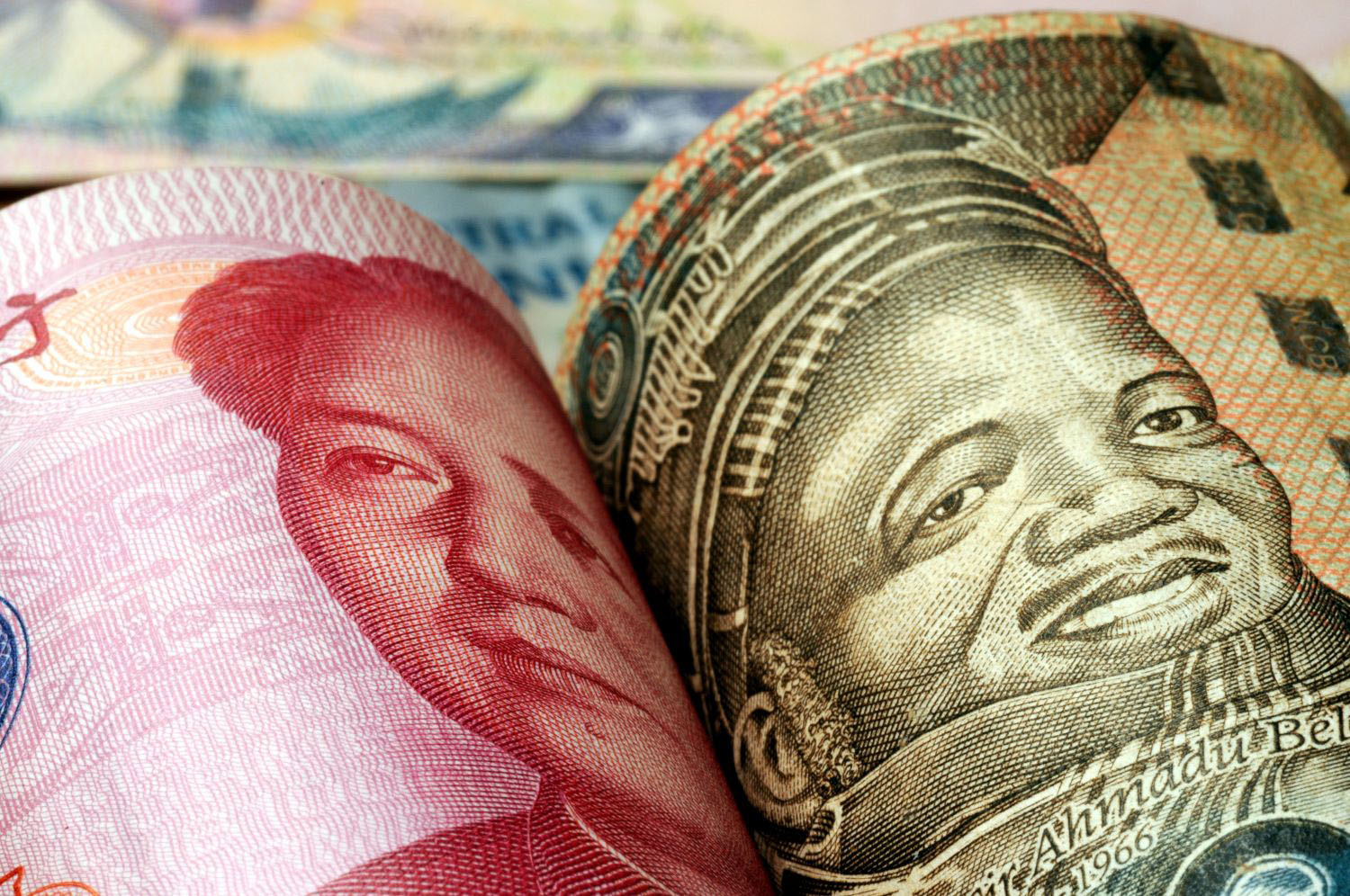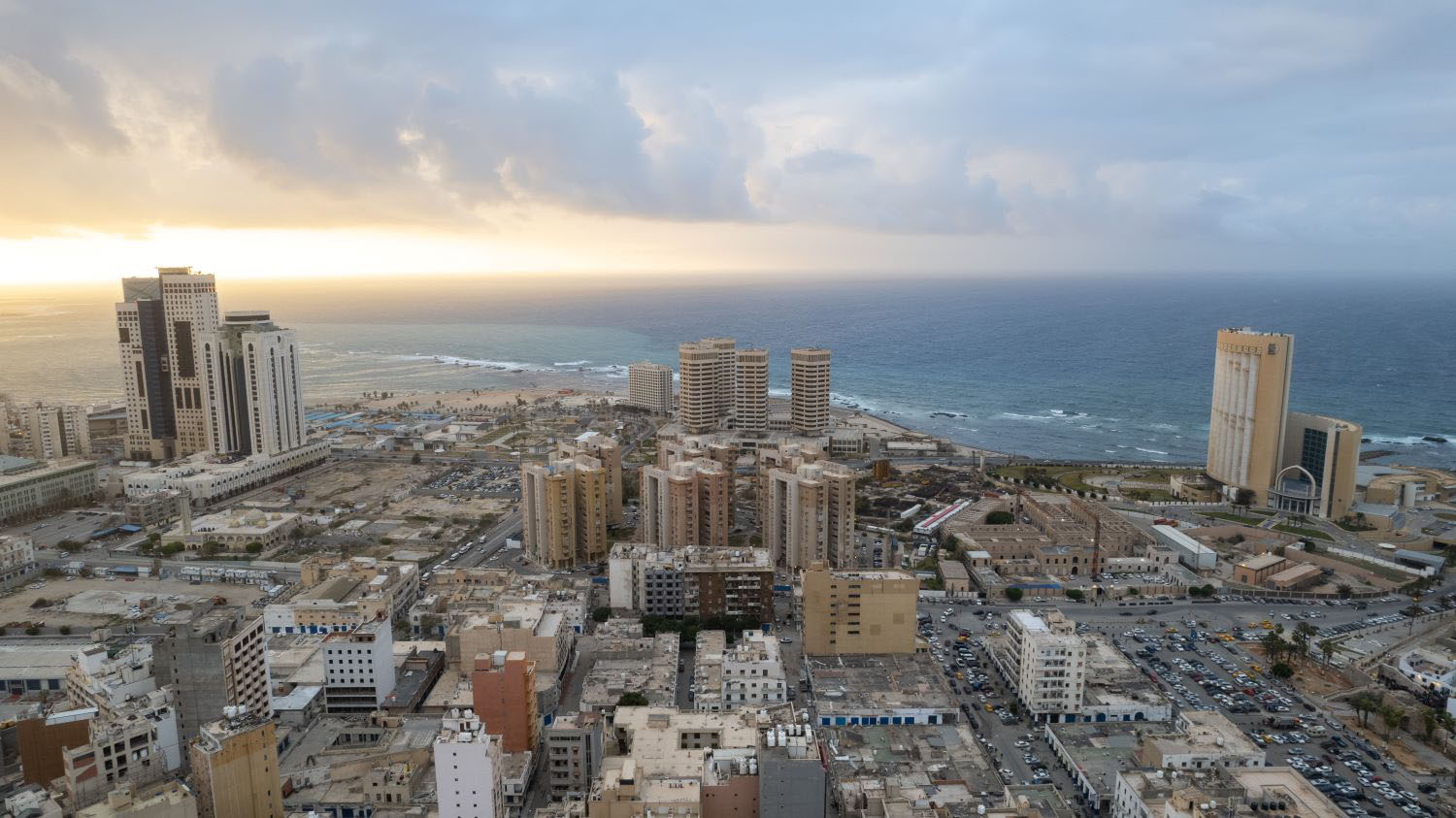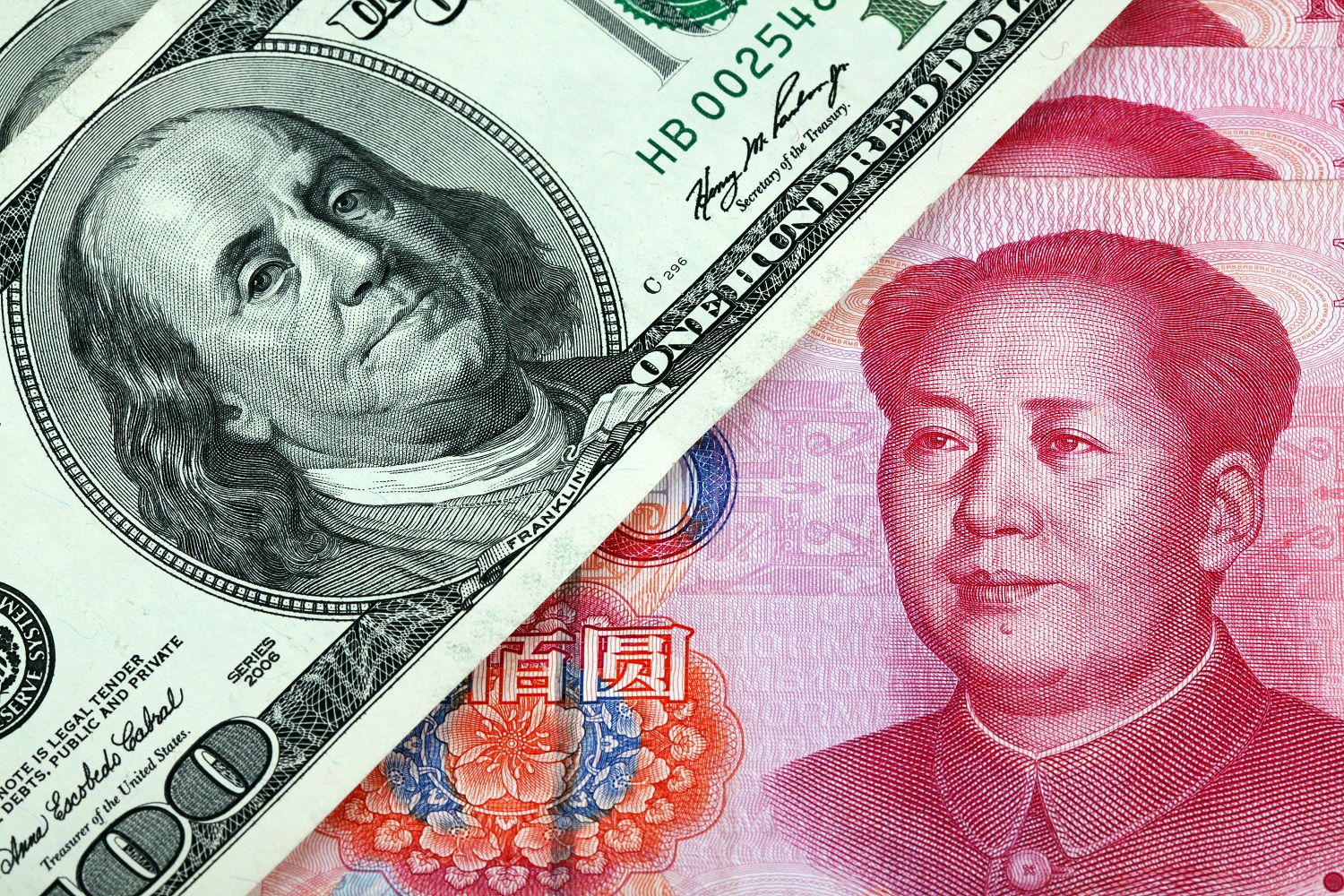Last week the US International Development Finance Corporation (DFC) announced that it signed a framework agreement with the government of Ecuador to refinance up to $3.5 billion of the country’s external debt to China. In exchange, according to reporting by the Financial Times (FT), the Ecuadorian government will commit to exclude Chinese companies from its telecom networks. According to the FT report, under this agreement DFC and a private financial institution will jointly launch a special purpose vehicle that will purchase oil and infrastructure assets from the government of Ecuador. Ecuador will use the proceeds from these sales to repay the United States and pursue unspecified projects that “reactivate the economy.”
How much of this loan will go toward Ecuador’s development vs. repaying China and whether the telecom commitments can hold are both highly uncertain, especially in the absence of public scrutiny of the framework agreement itself.
The framework arrangement described by the FT is confounding. Rather than offering a “novel model” to “eject China” the deal appears poised to help Chinese creditors recuperate their investment early and in full. The economic benefits of this program for the people of Ecuador are unknown and uncertain. Nor is it clear how the program advances US economic interests in the region. Instead, based on the limited information available, it seems to be a no-strings attached bailout for China. In short, the deal appears as a clumsy attempt to use economic diplomacy in a highly vulnerable country, risking the reputation of the US government to the inevitably fraught politics of a large-scale privatization of public assets, while holding Chinese lenders harmless in the process. DFC would be well-advised to release the framework agreement publicly to clarify the vaguely worded statement it issued last week, and the incoming Biden administration would do well to scrutinize the agreement carefully before offering its support.
Ecuador completed a restructuring of its external debt last summer. The deal included a restructuring of $17.4 billion in debt to bondholders who accepted a 9 percent haircut on their repayments. In parallel, the Chinese Development Bank (CDB) agreed to provide a yearlong moratorium on its debt to the country in conjunction with $2 billion in fresh money from China. All of this paved the way for a $6.5 billion IMF program for Ecuador that was approved last September. Whether the DFC’s framework agreement reinforces the IMF’s program—which is focused on restoring fiscal sustainability and transparency and expanding social assistance programs—or undermines it is unclear.
There are many pressing questions that US taxpayers ought to have for the agency and Ecuadoran citizens ought to have for their government:
-
Why should US taxpayers bail out Chinese creditors? Should there not instead be guardrails preventing use of any DFC lending for repaying Chinese creditors? Should the DFC help Chinese creditors avoid a haircut, as other creditors have accepted in Ecuador’s debt restructuring?
-
Much of Chinese bank lending to Ecuador is linked to long-term oil sale agreements (“flow collateral”). This linkage and China have been heavily criticized in a number of developing countries for tying up future public revenues and assets in financial arrangements with highly uncertain benefits for the people of resource-rich developing countries. Is DFC now undertaking the same kind of arrangement?
-
Is large-scale lending to help a government repay its debts to another government the right use of DFC resources?
-
Has DFC coordinated with the IMF or the US Treasury Department on this program? How does it fit into Ecuador’s IMF program? Does this violate any terms agreed in Ecuador’s August restructuring agreement?
-
What are the terms of privatization? How will DFC ensure that the proceeds of the privatization benefit the people of Ecuador, or do not otherwise unduly favor private investors over the interests of the Ecuadoran people? Did DFC consider other arrangements, like using the proceeds to set up an investment vehicle for development projects or a cash transfer program? Why is early payment of loans to China the best use of funds?
-
How will DFC guarantee that the government’s commitments under this agreement are binding? With elections in Ecuador around the corner and days before a turnover in the US administration, how will such an arrangement hold, particularly political commitments pertaining to future transactions with Chinese lenders and investors.
Ecuador is one of the countries in the region that has suffered the most from the health and economic effects of the coronavirus. There is no doubt that DFC could play a role in the country’s economic recovery. A $3.5 billion DFC investment in Ecuador could go a long way in lifting people out of poverty by helping small and medium enterprises survive and recover, investing in green and poverty-reducing infrastructure, and creating jobs. That would be a better use of US taxpayer dollars than putting the money in the pockets of Ecuador’s Chinese creditors or facilitating an opaque and ill-framed privatization of public assets.
La US International Development Finance Corporation (Corporación Internacional Financiera para el Desarrollo de Estados Unidos, en español y DFC por sus siglas en inglés) anunció la semana pasada la firma de un acuerdo con el gobierno de Ecuador para refinanciar hasta 3.500 millones de dólares de la deuda externa del país con China. A cambio, según informa el Financial Times, el gobierno ecuatoriano se comprometerá a excluir a las empresas chinas de sus redes de telecomunicaciones. Según el informe del FT, en virtud de este acuerdo, DFC y una institución financiera privada pondrán en marcha un fondo de inversión que comprará activos petrolíferos y de infraestructuras al gobierno de Ecuador. Ecuador utilizará los ingresos de estas ventas para reembolsar el préstamo a Estados Unidos y llevar a cabo proyectos que no han especificados para "reactivar la economía".
La cantidad de este préstamo que se destinará al desarrollo de Ecuador y la cantidad que se usará al reembolso a China no está clara, y es incierto que se vayan a mantener los compromisos en el sector de las telecomunicaciones, más aún si no hay un escrutinio público del propio acuerdo.
El acuerdo descrito por el FT es confuso. En lugar de ofrecer un "nuevo modelo" para "expulsar a China", el acuerdo parece estar hecho para ayudar a los acreedores chinos a recuperar el total de su inversión antes. No se conocen los beneficios económicos de este programa para el pueblo de Ecuador. Tampoco está claro cómo el programa favorece los intereses económicos de Estados Unidos en la región. Con la escasa información disponible, parece ser un rescate sin condiciones para China y, en resumen, un torpe intento de utilizar la diplomacia económica en un país altamente vulnerable, arriesgando la reputación del gobierno de EEUU, pues las privatizaciones a gran escala de activos públicos siempre generan inevitables tensiones políticas. Por su parte, los prestamistas chinos no corren riesgo alguno en el proceso. La DFC debería dar a conocer públicamente el acuerdo para aclarar la vaga declaración que emitió la semana pasada, y la administración de Biden haría bien en examinar cuidadosamente el acuerdo antes de ofrecer su apoyo al mismo.
El verano pasado, Ecuador realizó una reestructuración de su deuda externa. El acuerdo incluía la reestructuración de 17.400 millones de dólares de deuda con los acreedores que aceptaron un recorte del 9% en sus pagos. Paralelamente, el Banco de Desarrollo de China (CDB por sus siglas en inglés) aceptó conceder una prórroga de un año y dio un nuevo apoyo de 2.000 millones de dólares. Todo esto allanó el camino para que el FMI aprobara el mes pasado un programa de 6.500 millones de dólares para Ecuador. No está claro si el acuerdo de la DFC refuerza el programa del FMI—que se centra en el restablecimiento de la sostenibilidad fiscal y la transparencia y en la ampliación de los programas de asistencia social—o lo debilita.
Hay muchas preguntas que los contribuyentes estadounidenses deberían tener para la DFC y los ciudadanos ecuatorianos deberían tener para su gobierno:
- ¿Por qué deben los contribuyentes estadounidenses rescatar a los acreedores chinos? ¿No debería haber, por el contrario, barreras que impidan el uso de cualquier préstamo de la DFC para reembolsar a los acreedores chinos? ¿Debería la DFC ayudar a los acreedores chinos a evitar una reestructuración, como el que han aceptado otros acreedores?
- Gran parte de los préstamos bancarios chinos a Ecuador están vinculados a acuerdos de venta de petróleo a largo plazo (lo que se conoce como "garantía de flujo"). Tanto China como este tipo de préstamos han sido fuertemente criticados por países en desarrollo porque inmoviliza futuros ingresos y activos públicos en acuerdos financieros cuyos beneficios son muy inciertos para la población de estos países ricos en recursos. ¿Está la DFC promoviendo este mismo tipo de acuerdo?
- ¿Es la concesión de préstamos a gran escala para ayudar a un gobierno a pagar sus deudas a otro gobierno el uso correcto de los recursos del DFC?
- ¿Se ha coordinado la DFC con el FMI o el Departamento del Tesoro de los Estados Unidos en este programa? ¿Cómo encaja este acuerdo en el programa del FMI de Ecuador? ¿Viola este acuerdo algún término acordado en el acuerdo de reestructuración de Ecuador de agosto?
- ¿Cuáles son los términos de la privatización? ¿Cómo garantizará la DFC que los ingresos de la privatización beneficien al pueblo de Ecuador, o que no favorezcan indebidamente a los inversores privados por encima de los intereses del pueblo ecuatoriano? ¿Consideró la DFC la posibilidad de utilizar los ingresos para crear un vehículo de inversión para proyectos de desarrollo o un programa de transferencia de efectivo? ¿Por qué el pago anticipado de los préstamos a China es el mejor uso de los fondos?
- ¿Cómo garantizará la DFC que los compromisos del gobierno en este acuerdo son vinculantes? Con las elecciones en Ecuador a la vuelta de la esquina y a pocos días del cambio de administración en EEUU, ¿cómo se mantendrá este acuerdo, en particular los compromisos políticos relativos a las futuras transacciones con los prestamistas e inversores chinos?
Ecuador es uno de los países de la región que más ha sufrido los efectos sanitarios y económicos del COVID-19. No cabe duda de que la DFC podría desempeñar un papel en la recuperación económica del país. Una inversión de 3.500 millones de dólares en Ecuador podría contribuir en gran medida a sacar a mucha gente de la pobreza, ayudando a las pequeñas y medianas empresas a sobrevivir y recuperarse, invirtiendo en infraestructuras ecológicas y de reducción de la pobreza y creando puestos de trabajo. Este sería un mejor uso de los dólares de los contribuyentes estadounidenses en vez de poner el dinero en los bolsillos de los acreedores chinos o de facilitar una privatización opaca y mal diseñada de los activos públicos.
Disclaimer
CGD blog posts reflect the views of the authors, drawing on prior research and experience in their areas of expertise. CGD is a nonpartisan, independent organization and does not take institutional positions.





